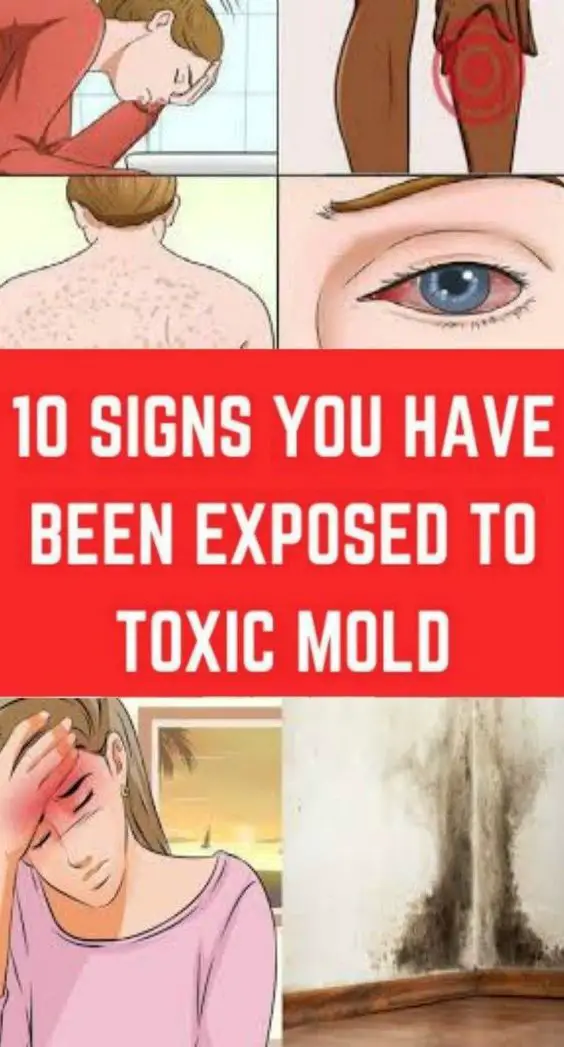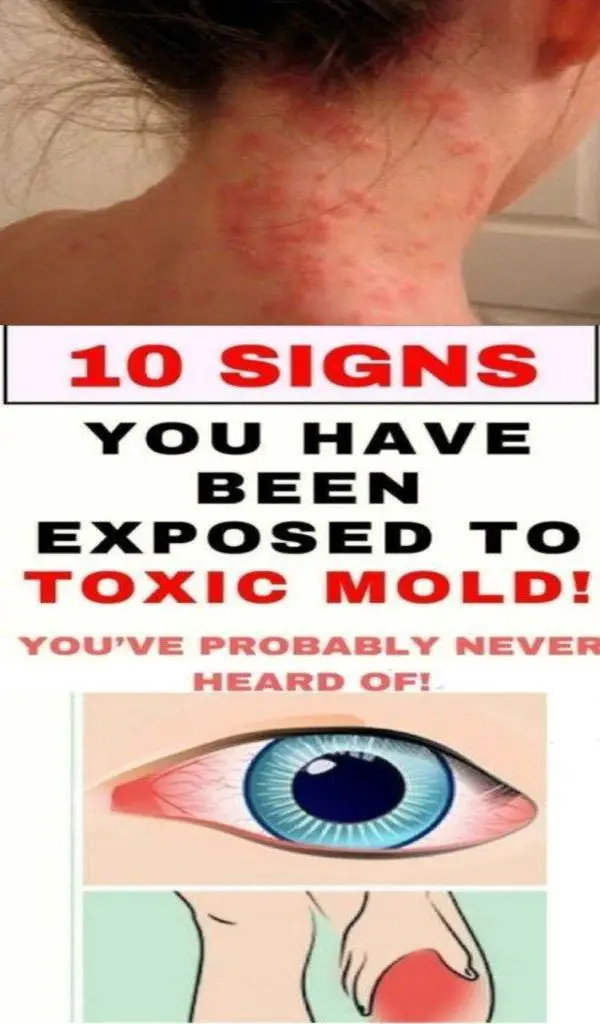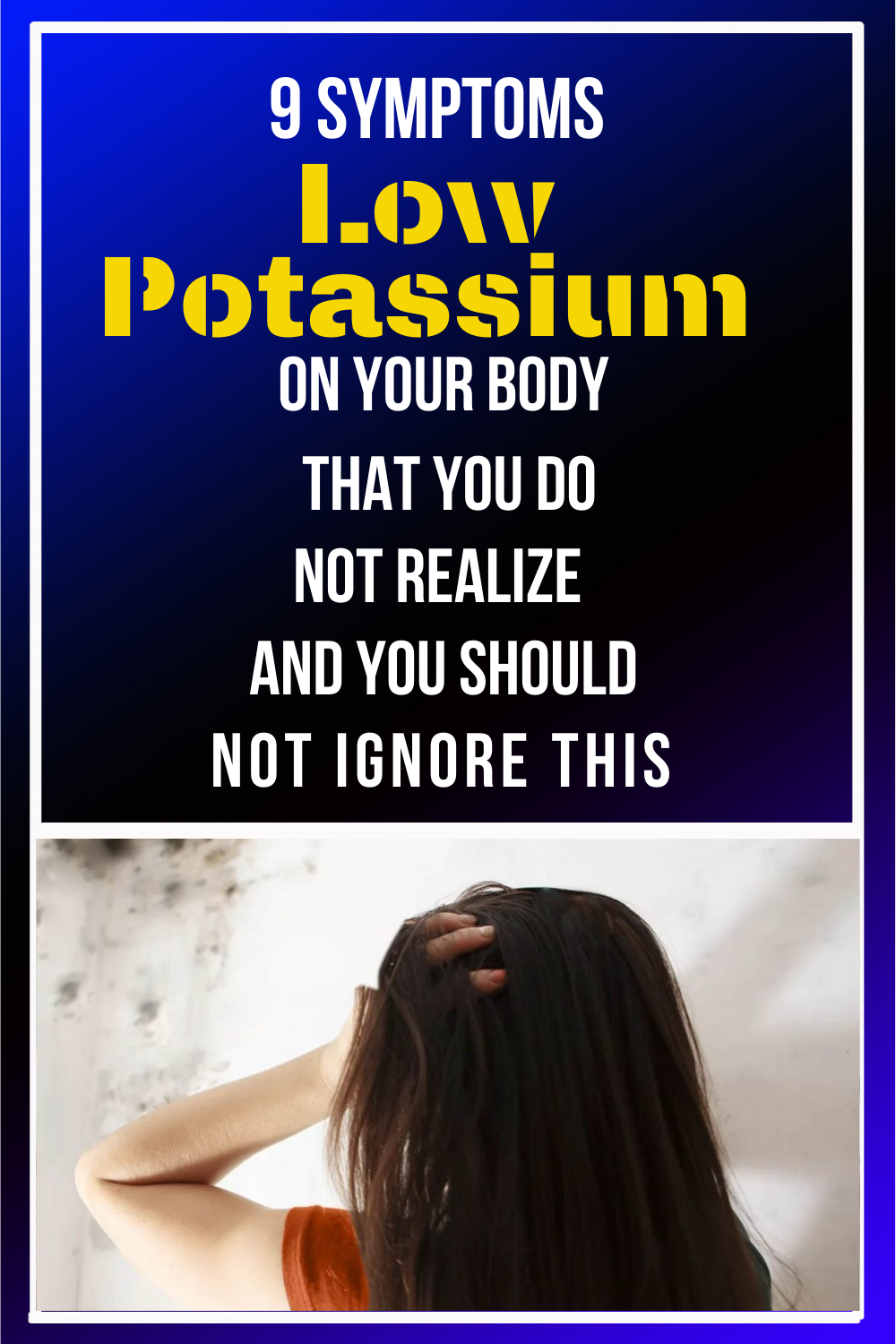What Can You Do To Your Home To Help Reduce Mold Exposure
Mold is found in many sneaky places in your home. Here are different ways to remove and prevent future mold exposure once your environment has been cleared of mold and remediated:
- Remove mold from carpet: A high-efficiency particulate arrestance vacuum cleaner can be used to remove mold spores. These are different from regular vacuum cleaners that remove mold spores from the carpet but then deposit them back into the air as you continue to use your vacuum.
- Remove mold from soft furnishing fabrics and clothing: Mold can be found on your clothing and soft furnishings such as your sofa. I recommend using chemicals that kill bacteria, such as diluted bleach and vinegar. Borax is a mineral that can also remove bacteria. You can combine borax with water and soak your clothing in it. Be sure not to get this mixture into your eyes or mouth.
- Removing mold from wooden furniture and walls: Just like your clothing, I recommend that a borax mixture be used to clean mold from most furniture. Some surfaces like kitchenware coated with cooking oil can be hard to use borax on, so I recommend washing the cookware with soap and water before cleaning with borax.
To prevent mold from regrowing in your home and to prevent re-exposure to mold, I recommend:
Consider hiring a professional to help you determine the next right step for you and your family, and to help you avoid the consequences of mold toxicity.
Is There A Test To Determine If I Have Been Exposed To Mold
Some physicians have recommended testing for mold-specific antibodies. Thepresence of antibodies only indicates that you have been exposed to a substanceat some time. It does not tell you when you were exposed, where the exposuretook place, or how much of the mold you were exposed to. Having a positive testfor mold-specific antibodies alone is generally considered insufficient toprove that health effects reported by individuals in moisture-damaged buildingsare caused by exposure to mold.
How To Clean Clothes Exposed To Mold Spores
Before we get started on how to clean clothes exposed to mold spores, we recommend that you use protective gloves to handle items affected by mold, especially when disposing of contaminated items.
The sooner you clean clothes exposed to mold, the better. The longer infectious mold remains in clothing, the deeper and further it colonizes, making it harder to remove from clothing.
While concentrated laundry detergent is usually the go-to for tough stains and deodorizing, it isnt the most effective for mold removal. However, Borax is a laundry booster that is believed to be effective against mycotoxin and can be used to clean the affected items.
Also Check: What Mold Does To Your Body
How Mold Takes Hold
While many kinds of mold can grow inside buildings, the most common culprit is Stachybotrys atra, also called Stachybotrys chartarum or black mold. S. atra is greenish ;black and thrives where there is a continuous supply of moisture and nutrients . Mold also can grow inside building vents and air-conditioning systems.
S. atra is not itself toxic, but it can produce toxins, as can other molds, called mycotoxins. But even when mycotoxins are not present, inhaled spores can cause an allergic reactionan immune system reactionor nonallergic irritation of lungs and nasal passages.
People with allergies, asthma or other respiratory conditions such as chronic obstructive pulmonary disease are most likely to have a reaction or a worsening of the symptoms of their condition when they inhale mold spores. In otherwise healthy people, typical symptoms include stuffy nose, itchy eyes and wheezingwhich usually clear up quickly once the exposure stops.
Mycotoxins, on the other hand, can be nasty. Some mycotoxins are powerful enough to kill bacteria and mycotoxins have been weaponized for chemical warfare. Mycotoxins from common indoor molds are not as deadly but still can cause acute and chronic illness.
Having Your Home Tested For Mold

If you find yourself asking does mold sickness go away because youve been suffering from mold-related symptoms for a long time, you should have your home tested for mold to make sure all traces of mold have been removed. While do-it-yourself mold test kits are available, we recommend having a certified professional test for mold to make certain the results are accurate. Most professional mold testers are engineers and they know all the places that mold can hide in the home. To find experienced certified mold testers in your area, just follow the link provided.
Additional Reading:
Recommended Reading: Who To Contact About Mold In Your Home
How Are We Exposed To Mold
Mold needs organic matter to feed upon and moisture in order to grow. When growing conditions are right, mold releases spores and volatile organic compounds into the air, which may make some people feel sick.
Mold spores may be breathed in or absorbed through skin. Mold can also grow on food and may be hazardous if ingested.
What Are The Symptoms Of Mold Sickness
If your Total Body Burden is high, or you are genetically predisposed to recycling toxins, regular exposure to mold can cause allergy symptoms, such as:
- Wheezing/shortness of breath
- Long standing or frequent sinusitis
And, serious pain and neurological symptoms, such as:
- Headaches and migraines
- Muscle cramping, aches and pains
- Persistent nerve pain
- Fatigue and weakness
- Poor memory, brain fog, difficulty with focus
In some cases, the spores from mold take root and grow in specific parts of the body, such as the lungs and sinuses. This can cause serious respiratory illnesses and infections.
You May Like: Does Black Mold Cause Seizures
Five Of The Most Common Indoor Molds
Mold illness is the variety of health problems that can occur from any type of mold exposure. Although a mold allergy is the most common problem caused by exposure to mold, mold can cause illness without an allergic reaction. Mold can also cause infections or irritants and toxic reactions. Infections caused by mold can lead to a variety of problems from flu-like symptoms to skin infections and even pneumonia.
Identifying The Symptoms Of Black Mold
Initially,the symptoms start out small and may include things such as a runny nose, sinusinfection, fatigue, joint pain, coughing or other symptoms that seem to be seasonal allergiesor a head cold. Because the symptoms are minor in the beginning, it usuallydoesn’t raise any red flags. Most people use over-the-counter medications duringthis time and don’t realize that their symptoms are being caused by black mold.
If the moldexposure is stopped, then the person’s immune system can usually fight off theeffects of mold exposure. The real problems arise when continued exposureoccurs, because it weakens the immune system and causes the person to getsicker and sicker. Often, people don’t realize mold is causing their healthproblems, so they dont even look for mold in their home or work environment.
The dangersof black mold increase the longer a person is exposed to the mold. Continued exposurecan cause serious harm to the immune system, and result in health conditionssuch as chronic fatigue syndrome, worsening of asthma symptoms, fertilityproblems, pneumonia, bleeding in the lungs, lupus, cancer, and a number ofother chronic health conditions.
Also Check: What Do You Do To Get Rid Of Mold
Should I Keep Or Throw Away Items After Mold Removal
Mold contamination is no joking matter. It can have serious consequences for those who come in contact with mold spores. It is hazardous for mold spore to be loose in the air, since it can affect your health. You may need the help of a mold remediation team to restore your homes environment to normal. Wondering what items to keep after mold removal may be the immediate issue to tackle. Chances are, you may want to hold on to certain items that hold sentimental value. Here are some factors to consider when deciding what belongings to keep or throw away.
The materials of items in your home and the mold damage are factors that you can use to determine what stays and what goes.
Where Is Mold Found In A Home
A research study found that Stachybotrys preferred a very high relative humidity within wallsapproximately 97%which indicates that relative humidity could be an important risk factor . For black mold, you may consider smaller microclimates that may harbor such humidity levels:; sweating pipes, under sink cabinets, front loading washing machines, standing water, roof leaks, damp cars, windows with condensation, etc. Generally, common places to check for mold growth include the kitchen, bathroom and laundry room.
However, humidity alone is not the only requirement for mold growthmold requires nutrients to grow. Any environment that has nutrients like cellulose or other organic matter can harbor mold if the humidity level is right. To further enable mold growth, an environment that has poor air flow and minimal disruption is ideal. For example, you can find mold on wallpaper, furniture, drywall, overly-packed bookshelves or overstuffed closets.
Also Check: How To Remove Mold From Blankets
Is Black Mold Dangerous
The short answer isnot really. But that doesnt mean you should keep black mold as a pet.
Everyone has different levels of tolerance to allergens like mold spores, but thats all black mold isan allergen.1 Those with asthma, respiratory allergies, or immune suppression will feel the effects of black molds mycotoxins more than most folks.
As one source put it, Previous reports of toxic mold syndrome or toxic black mold have been shown to be no more than media hype and mass hysteria. 2
But whether you feel black mold symptoms or not, its best to get rid of black mold as soon as you find it.
Using A Washing Machine

After the pre-soak, you then move the items to the washing machine for a few cycles. Vinegar and baking soda are the cleaners of choice as they are more effective against mold than laundry detergent.;
First cycle: Setting the machine water temperature to hot, add one cup of white vinegar. Wash items in the solution for a full cycle.
Second cycle: Run the same items in the washing machine again, but with a half cup of baking soda instead of vinegar.
Bleach is considered to be a stain-fighter and a mold-killer, but its dubious if it kills mold on fabric. Its more effective on non-porous surfaces.;
Don’t Miss: How To Clean Mold Between Pavers
Why Mold Causes Problems
Molds alone dont usually cause many health problems. Its when they land on damp surfaces and reproduce that you feel their nasty health effects.;
Mold spores produce allergens substances that can cause you to have allergic reactions resulting in hay-fever-like symptoms: itchy, red eyes, runny nose and asthma. If these persist, you can develop respiratory infections. Its rare, but exposure to mold spores can eventually cause organ damage, cognitive difficulties and even death.
Whats more, mold spores can irritate your lungs even if youre not allergic to mold. When introduced to your body, spores irritate your airways in your nose, mouth and throat, Dr. Ibrahim says. They can also cause burning and bleeding if they become lodged in your mucus membranes, such as in your sinuses and lungs.
When To Go To The Emergency Room
Symptoms of mold exposure are not usually an emergency, but in some instances, you should seek immediate medical treatment. Go directly to the nearest emergency room or call 911 if you:
- Have significant trouble breathing
- Have an asthma attack that doesnt respond to your usual medication or seems worse than usual
- Have a very high fever
- Cough up blood or experience a bloody, frothy discharge from the nose or mouth
- Are confused or disoriented
Let the emergency room staff know if you think your symptoms might be related to mold exposure.
Keep in mind the fact that most doctors have an answering service and a health care professional is on call 24 hours a day, so if youre not sure if you need immediate care or can wait to make an appointment at your doctors office, call the office any time, day or night, for advice.
You May Like: Can Black Mold Be Removed From Wood
What Causes Mold Sickness
The toxins in your system from breathing in mold spores add to the total amount of toxicity in your body. We call this the Total Body Burden. When your burden is high, you start experiencing symptoms many which are seemingly unrelated.
For most people, toxins get flushed out from the body when eliminating waste.
For some, the toxic load is so high that its too much for the body to eliminate them all efficiently. For others, they may have poor detoxification processes or they may even recycle or reabsorb these mycotoxins back, as the body tries to eliminate them. Genetics plays a huge role in this difference from person to person
In short, multiple symptoms happen because, as we say in environmental medicine genetics points the gun, and then the environment pulls the trigger.
What To Throw Away After Mold Removal
- Porous Items: Mold can cause considerable damage to items with porous surfaces, such as cardboard, carpet, upholstered furnishings, padding, stuffed animals, and mattresses and box springs.
- Paper Material: If visible mold is present on paper materials, you will need to throw out, including books, albums and photographs, or craft materials.
- Food and Food Appliances: Both food and food appliances in your home that has come in contact with mold should be removed and thrown away. While some food preparation appliances that have been exposed to mold can be cleaned, its not worth the risk having any mold missed during the cleaning process, creating a hazard that could make you and your family sick. Improper cleaning could also lead to recontamination of your home.
You May Like: Is It Bad To Breathe In Mold
I Found Mold Growing In My Home; How Do I Test The Mold
If you can see or smell mold, a health risk may be present. You do not need to know the type of mold growing in your home, and CDC does not recommend or perform routine sampling for molds. No matter what type of mold is present, you should remove it. Since the effect of mold on people can vary greatly, either because of the amount or type of mold, you cannot rely on sampling and culturing to know your health risk.
Signs Of A Mold Illness
Don’t Miss: How To Clean Mold Off Plastic Cutting Board
Diagnosis Of Mold Toxicity
The conventional medical community is slow to acknowledge that chronic mold-induced illness is common. However, many functional and foundational medicine practitioners have expertise in mold;toxicity and CIRS.
A common and simple test for mold toxicity is a urine mycotoxin test. Excreting an elevated level of mycotoxins is a sign of mold illness. Still, if your body is holding onto these toxins, your level may be falsely low.
Some;functional medicine doctors also check specific immune system and inflammatory markers via blood tests. Examples are C4a, TGF Beta-1, and MMP-9. Elevated levels of these markers dont prove you have mold illness, but they contribute to the evidence.;
Urine mycotoxin and inflammatory markers are best considered in the context of other signs and symptoms of mold illness. These include the following five areas:
The more of these criteria you meet, the more likely it is you have mold-related toxicity. And if you meet all five criteria, its more likely your mold illness is advanced and longstanding.
For more information, watch this short;video on mold toxicity testing and its availability. The video mentions two labs that offer urine mycotoxin tests. These are Real Time Laboratories and The Great Plains Laboratory.
Create A Bleach Mixture

If the black mold growth in your home is small enough for you to treat alone, a simple mixture of bleach and water can help. Add one cup of bleach to one gallon of water and apply it to the moldy spots. You can also find commercial black mold removal products.
Apply the cleaner to the mold spot and scrub away the growth. Be sure to dry the area thoroughly when youre done.
Do NOT mix bleach with ammonia. This combination can create toxic fumes that are far more dangerous than any mold youre trying to clean.
Read Also: Will An Ozone Machine Kill Mold
Signs Of Mold Illness
by Dr. Michele Neil-Sherwood | Health Tips
Mold is a big problem in most homes, but many people are unaware of the problem. Of course, everyone looks at the shower curtain, under the sink, or in the basement when he or she think about mold issues, but mold can grow just about anywhere.
Mold can be found in drywall, in the roof , and even in ones Christmas tree. One study found that Christmas trees can breed mold, quietly releasing millions of spores into the room causing winter allergies and asthma attacks. Studies have found that indoor air quality dropped six-fold over the 14 days a Christmas tree typically decorates a room.
There are 1,000 types of mold that can be found growing in the modern American home. Scientists classify these molds based on the effect they have on humans and other living things.
